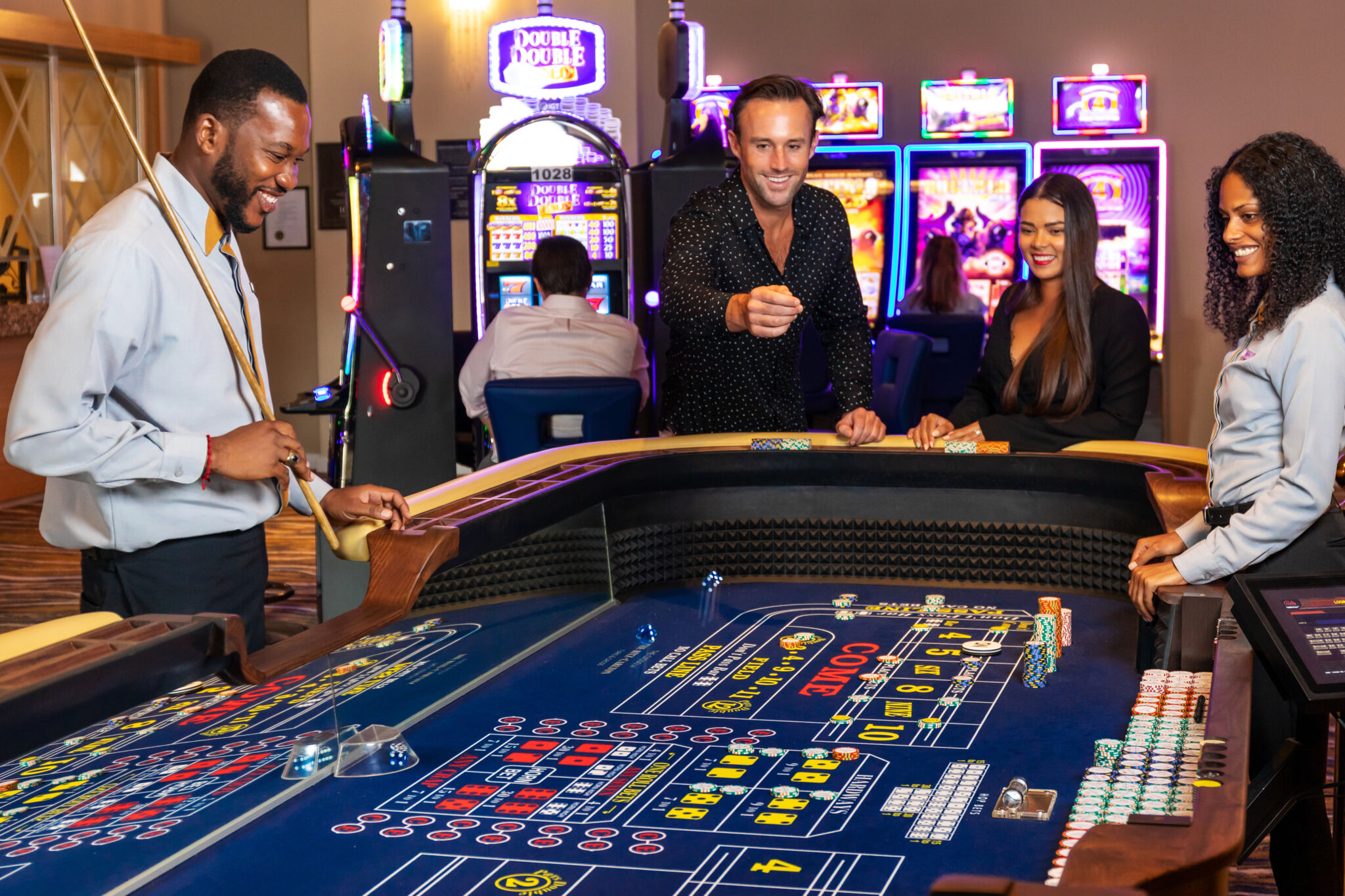
In the dynamic and thrilling world of gaming establishments, where fortune and strategy intertwine, color and design play a key role in attracting players. As soon as visitors step inside a casino or access a gaming platform, they are immersed in a sightly feast that captures their attention and entices them to discover more. Bright colors, engaging graphics, and innovative layouts are carefully crafted to create an atmosphere of thrill and anticipation, ultimately enhancing the gaming encounter.
As players move through the ever-changing landscape of casino games, they come across a range of designs that not only serve aesthetic purposes but also affect feelings and decision-making. Hues like red and yellow symbolize riches and luck, while soothing blues and greens can create a more relaxed environment. 78WIN Understanding how these elements function together enables casinos to create an inviting and energizing atmosphere that encourages players to interact with the games, spend more time at the tables, and boost their general enjoyment.
The Science of Tint in Casino Games
Tint plays a critical role in the development of gaming experiences, shaping player emotions and responses. Bright and bold colors, such as red and amber, are often used to ignite thrill and capture focus. These shades create a sense of pressure and vitality, encouraging players to engage more enthusiastically with the experience. By strategically selecting tints, designers aim to evoke feelings of joy and excitement, which can enhance the overall player experience. https://78win01.cfd/
Various hues also have psychological connotations that can influence how participants perceive their chances of victory. For instance, emerald is frequently associated with good fortune and prosperity, making it a popular choice in activities like roulette and poker games. This association can cause gamblers to feel more hopeful and assured in their play, ultimately inspiring them to stake more. Grasping these connections allows game developers to create environments that enhance player happiness and engagement.
Furthermore, the layout of gaming interfaces often utilizes color gradients and differing hues to direct players’ responses. For case, winning combinations may be emphasized with striking, differing colors, creating a visual incentive. This approach supports positive outcomes and supports repeated engagement. By leveraging the science of color, gaming venues can develop games that not only captivate participants but also keep them interested and invested in their play experience.
Creative Elements that Attract Gamers
The aesthetic appeal of casino games is primarily influenced by the use of vibrant colors. Lively and striking colors are deliberately chosen to create an appealing atmosphere that grabs interest. For example, crimson and golds often signify good fortune and wealth, which is why they are common in the palettes of slot machines and game surfaces. These colors not only draw players in, but they also evoke emotions associated with excitement and anticipation, enhancing the total gaming experience.
In addition to color, the design and organization of casino games play a significant role in player attraction. Games are designed to be user-friendly, ensuring that players can easily understand the rules and mechanics. Accessible interfaces, along with engaging graphics and animations, help maintain player interest and promote extended play sessions. The physical elements, such as the feel of the controls and the audio of the games, also contribute to a comprehensive sensory experience that keeps players immersed.
In conclusion, conceptual elements in game design can significantly influence gaming decisions. Many gambling games are inspired by popular culture, myths, or exploration motifs, incorporating symbols and characters that connect with players. These themes create a sense of immersion and relatability, making each game feel distinct. When players feel a bond to the theme, they are more likely to choose that game over others, leading to higher participation and excitement within the casino environment.
Case Studies: Successful Gambling Table Game Designs
One key example of successful gambling game design is the acclaimed slot machine series based around blockbuster movies. Games such as those based on the The Wizard of Oz and Game of Thrones utilize vibrant colors and high-quality graphics to enthrall players in well-known narratives. The employment of lively visuals and engaging sound effects takes the interest of players, creating an psychological connection to the theme. This approach not only promotes longer play but also boosts the overall gaming experience, resulting in increased player retention.
Another successful case is the use of color psychology in table games like 21 and roulette. Casinos often develop these games with dark reds and greens, colors traditionally connected with luck and wealth. For instance, the emerald felt on a blackjack table provides a calming effect, while the red accents in roulette invite anticipation. This thoughtful use of color helps to create an inviting atmosphere that motivates players to participate, satisfying their psychological impulses and enhancing their enjoyment.
Finally, social casino games that incorporate social features and lively, colorful designs have achieved remarkable success in engaging players. Games like Zynga Poker and Slotomania leverage bright colors and playful animations to create an inviting online environment. The integration of leaderboards, social sharing options, and in-app rewards encourages competition and community, attracting players in for longer sessions. Such designs merely make the games visually enticing but also emphasize social connectivity, a key factor in player retention and engagement within online casino environments.